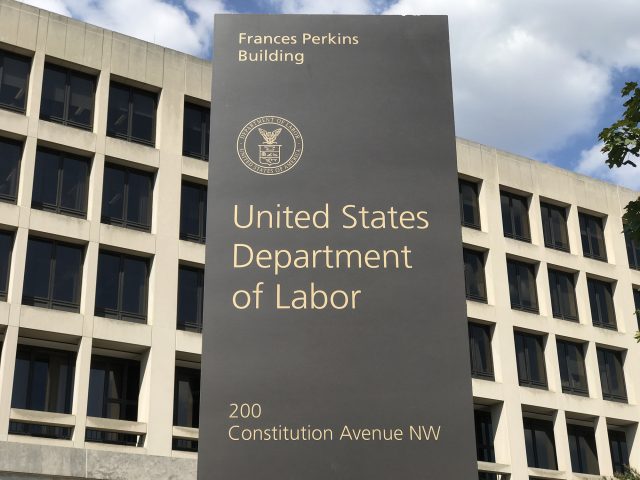
401(k) Accounts Need to Be Easier to Move from Job to Job
Alicia H. Munnell is a columnist for MarketWatch and senior advisor of the Center for Retirement Research at Boston College.
These accounts must be more portable.
When participants change jobs, they have four options with regard to their 401(k) assets: (1) leave balances in the previous employer’s plan; (2) roll over balances to the new employer’s plan; (3) roll over balances to an Individual Retirement Account (IRA); or (4) cash out.
In some cases, the decision could be difficult. For example, federal employees moving to the private sector should seriously consider leaving their money in the government’s low-fee Thrift Savings Plan, and workers who are leaving one small plan with high fees for another should consider a rollover to an IRA. In most cases, however, the most effective option for preserving and accumulating retirement saving is rolling over money to the new employer. Unfortunately, this option turns out to be the most difficult.
For workers who want to move their money from one 401(k) to another, the rollover can be done either directly or indirectly. A direct rollover involves either sending funds straight to the new plan or sending a check made payable to the new plan. Several factors make this process extremely cumbersome.
- The financial services provider at the old employer has little incentive to facilitate a rollover out of its asset pool as its compensation is based on assets under management.
- The new employer is not required to accept a rollover from the old employer.
- A number of service providers say new plans can have a waiting period of weeks to months before accepting 401(k) balances from a previous employer; such delays are possible because employers face no specific deadline for processing these transactions.
- Rollovers can involve a complex verification process to ensure that the incoming funds are tax qualified, even though the likelihood of a penalty is negligible.
- The paperwork required for plan-to-plan rollovers is not standardized; some distribution forms are just a few pages, others 15 pages.
- The Internal Revenue Service (IRS) regulations expressly allow sending a check to the participant, who must then give the check to the appropriate person at the new employer. This additional step further prolongs the rollover period and shifts much of the burden from the record-keeper to the individual.
An indirect rollover creates the added problem of adverse tax consequences. It involves issuing a check payable to the departing participant, which must be deposited within 60 days in a new 401(k) or IRA. If participants do not understand the 60-day deadline, they will have to pay taxes and a 10-percent penalty on the withdrawn amounts. Even if they do understand the deadline, they can be thrown off by the 20-percent withholding requirement. Specifically, when a participant receives a cashout, the 401(k) plan must withhold 20 percent of the distribution for tax purposes. If the individual rolls the remaining 80 percent into a tax-qualified account within the 60-day grace period, the individual will have to add funds from other sources to replace the 20 percent withheld or the withholding will count as income subject to income tax.
In short, in most cases as employees move from one large employer with a low-fee 401(k) to another, the smartest move would be to roll over their balances from the old plan to the new plan. But given the enormous hurdles, participants are much more likely to cash out or move their balances into a high-fee IRA. Cashouts and high fees dramatically reduce balances at retirement. This problem is fixable!! Let’s fix it.







